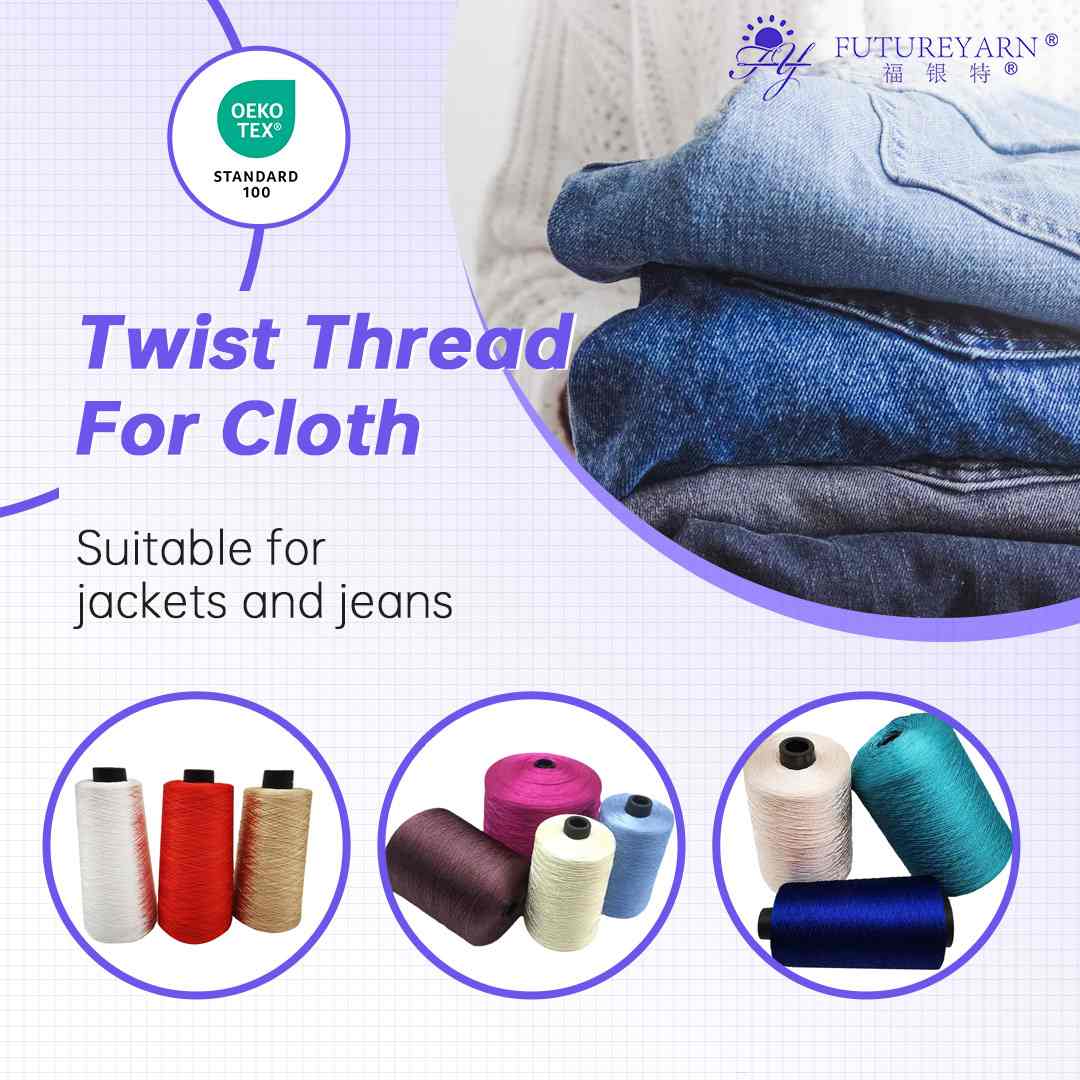The Hidden Challenges of Worm Gears: Understanding Their Disadvantages in Mechanical Design
Worm gears are a popular choice in various mechanical applications due to their unique ability to provide high torque reduction and compact design. However, despite their advantages, worm gears come with a set of disadvantages that can impact their performance and longevity. In this article, we will delve into the intricacies of worm gears, exploring their limitations and the implications for engineers and designers.
- Efficiency Losses
One of the most significant disadvantages of worm gears is their inherent inefficiency. The sliding contact between the worm and the worm wheel leads to considerable friction, which results in energy losses. Typically, the efficiency of worm gear systems can range from 50% to 90%, depending on the design and materials used. This inefficiency not only translates into wasted energy but can also lead to increased heat generation, which may necessitate additional cooling measures in high-load applications.
- Heat Generation and Lubrication Challenges
As mentioned, the friction in worm gears generates heat, which can adversely affect the performance of the gear system. Excessive heat can lead to thermal expansion, altering the clearances between the worm and the wheel, potentially causing binding or premature wear. To mitigate these issues, proper lubrication is essential. However, achieving optimal lubrication can be challenging due to the confined spaces within the gear assembly. Inadequate lubrication can exacerbate wear and lead to gear failure, making regular maintenance a critical consideration.
- Limited Load Capacity
Worm gears are generally not suitable for high-load applications. The design of worm gears inherently limits their load capacity due to the nature of the contact between the worm and the wheel. The point contact can lead to high localized stresses, which can result in tooth wear or even tooth breakage under excessive loads. For applications requiring high torque transmission, alternative gear types, such as helical or bevel gears, may be more appropriate.
- Backlash Issues
Backlash, the slight movement between the worm and the worm wheel when the direction of rotation is changed, is another disadvantage of worm gears. While some applications may tolerate a certain amount of backlash, others, particularly those requiring precise positioning, may find this characteristic unacceptable. The design of worm gears often leads to increased backlash compared to other gear types, which can affect the overall performance and accuracy of the system.
- Material Limitations
The materials used in the construction of worm gears can also pose challenges. While many worm gears are made from durable materials such as bronze or steel, the choice of material can significantly influence the gear's performance. For instance, softer materials may wear out more quickly, while harder materials can lead to increased brittleness, making them susceptible to cracking under stress. Additionally, the compatibility of materials between the worm and the wheel is crucial; mismatched materials can lead to accelerated wear and failure.
- Cost Considerations
While worm gears can be cost-effective in certain applications, their overall cost can escalate when considering the need for high-quality materials, specialized manufacturing processes, and regular maintenance. The initial investment in a worm gear system may be lower than that of other gear types, but the long-term costs associated with inefficiency, heat management, and potential failures can outweigh these savings. Engineers must carefully evaluate the total cost of ownership when selecting worm gears for their applications.
Conclusion
Worm gears offer unique advantages in terms of torque reduction and compact design, making them a popular choice in various mechanical systems. However, their disadvantages—ranging from efficiency losses and heat generation to limited load capacity and backlash issues—must be carefully considered in the design process. By understanding these challenges, engineers and designers can make informed decisions, ensuring that the chosen gear system meets the specific requirements of their applications while minimizing potential drawbacks. As with any engineering solution, a thorough analysis of the application’s needs and constraints is essential for achieving optimal performance and reliability.
